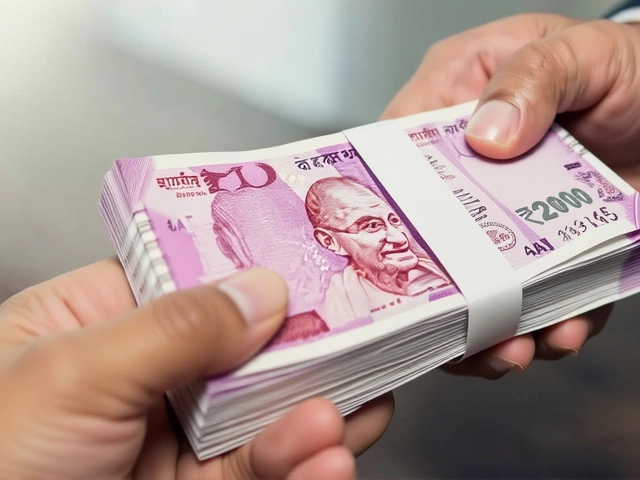Himachal Pradesh Weather: Latest Forecast, Seasonal Outlook & Travel Tips
If you’re planning a trip to the hills or just want to know what to wear today, you’ve landed in the right spot. Himachal’s weather can swing fast, so staying informed saves time, money and a lot of hassle.
Current Weather Snapshot
Right now most valley towns like Shimla, Kullu and Mandi are sitting between 12°C and 20°C during the day, dipping to 5°C‑10°C at night. The higher reaches—Manali, Spiti or Lahul—are colder, often below freezing after sunset. Light showers are common in the monsoon months (July‑September), while winter brings occasional snowfall above 2,000 m. The IMD has issued a yellow alert for possible localized downpours in the lower valleys, so keep an umbrella handy if you’re heading out.
Seasonal Trends and What to Expect
Himachal enjoys four distinct seasons. Spring (March‑May) brings blooming rhododendrons and comfortable daytime highs of 15°C‑25°C. Summer (June‑early July) is the peak tourist window; temperatures stay pleasant in the valleys but start rising to 30°C in places like Solan. The monsoon (mid‑July‑September) adds humidity and 80‑200 mm of rain per week in some basins, increasing landslide risk on steep roads. Autumn (October‑November) clears up, offering crisp air and clear skies—ideal for photography. Winter (December‑February) can be harsh, with snowfall above 1,500 m and temperatures ranging from -5°C to -15°C.
Looking ahead to the next five days, the forecast shows a mix of sun and clouds across most districts. Expect mild temperatures in the lower hills (16°C‑22°C) and colder nights (4°C‑8°C). The higher terrains could see light snow showers, especially around Kinnaur and Lahaul. If you’re driving, check road conditions daily; the state transport department posts updates on mountain passes.
Travelers love Himachal for trekking, paragliding and winter sports, but each activity has a weather window. For trekking, the best period is late spring to early autumn (April‑October) when trails are dry and visibility is clear. If you’re after snow sports, December to February offers reliable snow cover, but be ready for sudden blizzards—carry extra layers and know the nearest rescue points.
Safety first: always carry a rain jacket, waterproof shoes and a basic first‑aid kit. Mobile network can drop in remote areas, so download offline maps. When a yellow or orange alert is raised, avoid camping in exposed ridges and stay away from riverbanks that may swell after sudden showers.
Need real‑time updates? The India Meteorological Department’s app provides push notifications for Himachal districts. Local tourism offices also post daily bulletins on temperature, wind speed and road closures. Signing up for their SMS alerts can give you a heads‑up before you hit the road.
Whether you’re sipping tea in a mountain cafe or standing on a snow‑capped pass, a quick glance at the weather can make your Himachal experience smoother and safer. Keep this guide handy, check the alerts, and enjoy the stunning scenery without the surprise of a sudden storm.
Himachal Pradesh Weather Forecast June 2025: Expect High Temperatures and Record Rainfall
Himachal Pradesh is set for a hot and rainy June 2025, with temperatures between 29°C and 36°C and more rain than usual according to the IMD. Shimla may often hit above 86°F. Districts like Kangra and Mandi could get rainfall above their average June numbers. Heatwaves may stay mild, mainly sparing the hill regions.


